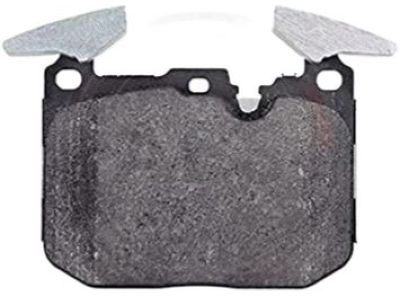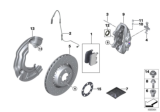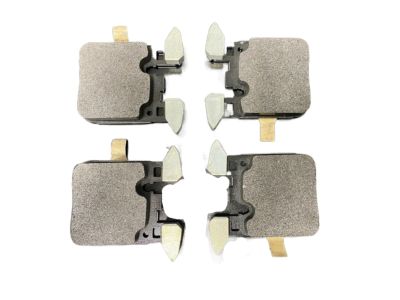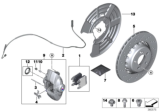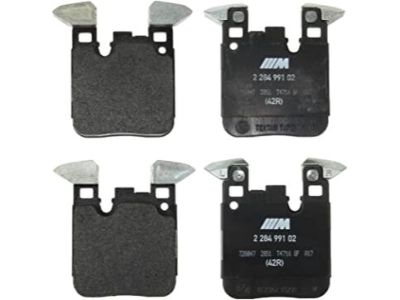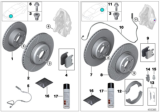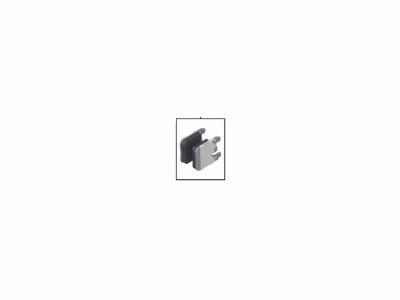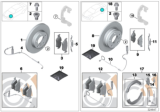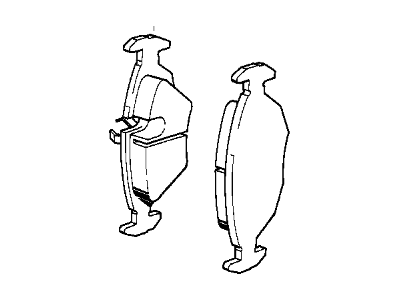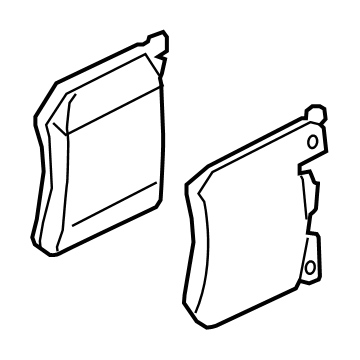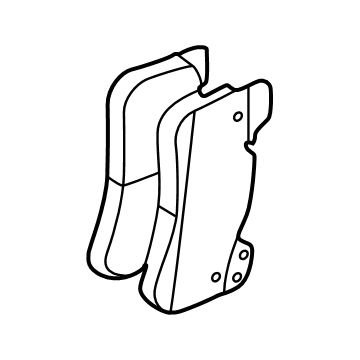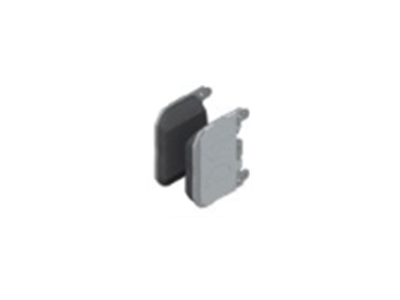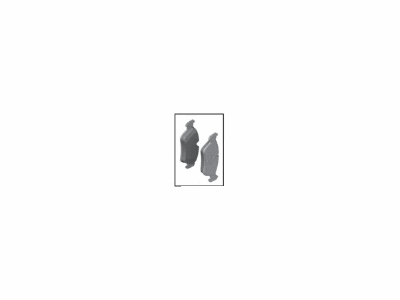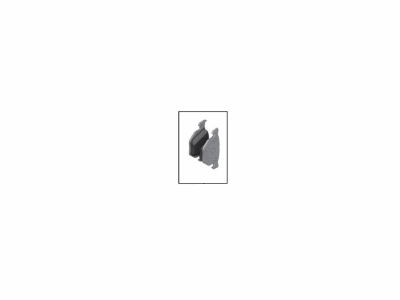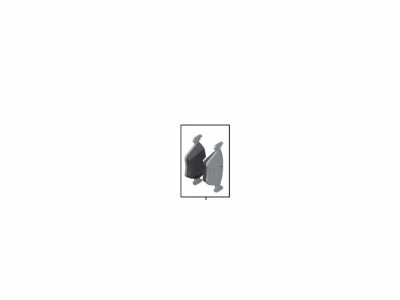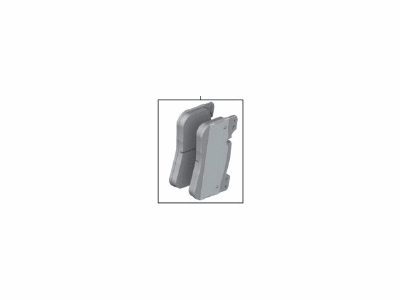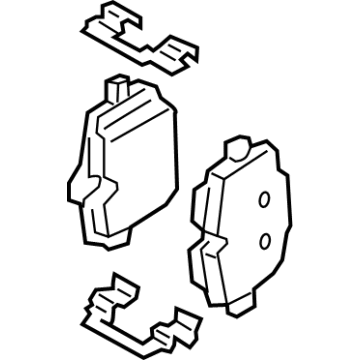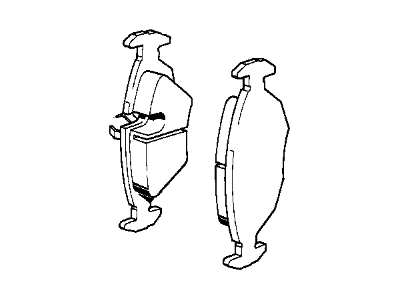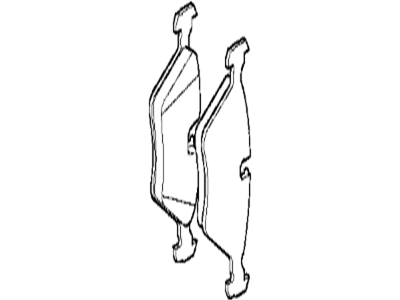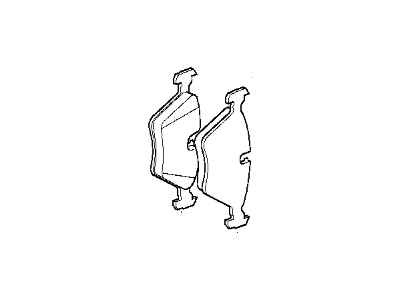×
- Live Chat
- 1-888-580-1680

My Garage
My Account
Cart
Genuine BMW M3 Brake Pads
Disc Brake Pad Set- Select Vehicle by Model
- Select Vehicle by VIN
Select Vehicle by Model
orSeries
Model
Year
Select Vehicle by VIN
For the most accurate results, select vehicle by your VIN (Vehicle Identification Number).
20 Brake Pads found
BMW M3 Disc Brake Pad Repair Kit
Part Number: 34112284969$187.46 MSRP: $294.69You Save: $107.23 (37%)Ships in 1-3 Business DaysBMW M3 Rear Brake Pad Set
Part Number: 34218099354$152.81 MSRP: $240.22You Save: $87.41 (37%)Ships in 1-3 Business DaysBMW M3 Rear Disc Brake Pad Set
Part Number: 34212284989$152.81 MSRP: $240.22You Save: $87.41 (37%)Ships in 1-3 Business DaysBMW M3 Disc Brake Pad Set Rear
Part Number: 34212284990$401.16 MSRP: $636.04You Save: $234.88 (37%)Ships in 1-3 Business DaysBMW M3 Rear Brake Pad Set
Part Number: 34212284296$191.24 MSRP: $300.63You Save: $109.39 (37%)Ships in 1-3 Business DaysBMW M3 Front Brake Pads
Part Number: 34111162535$187.16 MSRP: $260.46You Save: $73.30 (29%)Ships in 1-3 Business DaysBMW M3 REPAIR KIT, BRAKE PADS
Part Number: 34107883265$562.28 MSRP: $899.19You Save: $336.91 (38%)Ships in 1-3 Business DaysBMW M3 REPAIR KIT, BRAKE PADS ASBES
Part Number: 34108093705$562.28 MSRP: $899.19You Save: $336.91 (38%)Ships in 1-3 Business DaysBMW M3 Disc Brake Pad Repair Kit
Part Number: 34112284970$669.36 MSRP: $1070.43You Save: $401.07 (38%)Ships in 1-3 Business DaysBMW M3 Disc Brake Pad Repair Kit
Part Number: 34112283865$134.76 MSRP: $211.85You Save: $77.09 (37%)Ships in 1-3 Business DaysBMW M3 Rear Brake Pads
Part Number: 34216761248$227.07 MSRP: $316.00You Save: $88.93 (29%)Ships in 1-3 Business DaysBMW M3 REPAIR KIT, BRAKE PADS
Part Number: 34107884975$562.28 MSRP: $899.19You Save: $336.91 (38%)Ships in 1-3 Business DaysBMW M3 Front Brake Pads
Part Number: 34112282995$187.16 MSRP: $260.46You Save: $73.30 (29%)Ships in 1-3 Business DaysBMW M3 REPAIR KIT, BRAKE PADS ASBES
Part Number: 34108093715$702.84 MSRP: $1123.96You Save: $421.12 (38%)Ships in 1-3 Business DaysBMW M3 Disc Brake Pad Repair Kit
Part Number: 34112282416$150.73 MSRP: $209.75You Save: $59.02 (29%)Ships in 1-3 Business DaysBMW M3 REPAIR KIT, BRAKE PADS
Part Number: 34207884979$230.02 MSRP: $361.59You Save: $131.57 (37%)Ships in 1-3 Business DaysBMW M3 REPAIR KIT, BRAKE PADS ASBES
Part Number: 34207883273$421.24 MSRP: $667.87You Save: $246.63 (37%)Ships in 1-3 Business DaysBMW M3 Disc Brake Pad Repair Kit
Part Number: 34111161717$145.82 MSRP: $209.81You Save: $63.99 (31%)Ships in 1-3 Business DaysBMW M3 Disc Brake Pad Set Rear
Part Number: 34211162536$100.10 MSRP: $136.98You Save: $36.88 (27%)Ships in 1-3 Business DaysBMW M3 Rear Brake Pad Set
Part Number: 34212226092$112.11 MSRP: $153.41You Save: $41.30 (27%)Ships in 1-3 Business Days
BMW M3 Brake Pads
If you are looking for OEM BMW M3 Brake Pads, we highly recommend to shop with us. Not only do we offer the most budget friendly prices, but we also provide fast delivery. In addition, we have a hassle-free return policy on all genuine BMW M3 Brake Pads that come backed by the manufacturer's warranty.
BMW M3 Brake Pads Parts Questions & Experts Answers
- Q: How to removal and install front Brake Pads on BMW M3?A: The Brake Caliper is secured to the caliper bracket, which is attached to the steering knuckle. To release the tensioning spring from the brake caliper, use a suitable pry tool, and remove the protective caps to access the caliper mounting fasteners. Rock the caliper back and forth several times, then slide it along with the inner brake pad away from the brake rotor. The inner brake pad is held onto the piston by spring clips, while the outer pad is installed on the caliper bracket and can be removed or installed by sliding it out of the caliper mounting bracket. Proper installation of the caliper slide bolts requires a hex socket and a torque wrench. Begin by blocking the rear wheels and applying the parking brake, then loosen the front wheel bolts slightly, raise and support the vehicle, and remove the front wheels. Disconnect the brake pad wear sensor if equipped, hold the flats of the pin slide, and remove the lower pivot bolt to rotate the caliper up and remove the brake pads. For installation, clean the brake caliper and sliding surfaces, press the caliper piston fully back into the housing, and check for leaks, damaged dust boots, and frozen pistons. If the plastic part of the brake pad wear sensor is worn through, install a new sensor, then connect it to the harness ensuring a good connection. Install the brake pads in the caliper mount, lower the caliper over the pads, and install a new bolt, torquing it to 25 ft.lbs. (35 Nm). After installing the wheels and hand tightening the lug bolts, lower the vehicle and torque the lug bolts to specification in a crisscross pattern to 66-81 ft.lbs. (90-110 Nm). For inspection, check the pad thickness, condition of the brake friction material, and wear pattern. If the inside pad is worn more than the outside pad, the caliper may be seized on the sliding pins, requiring cleaning and lubrication. If one caliper has significantly more wear than the opposite side, check for issues such as a frozen caliper, blocked brake line, or binding pads. To test for binding or insufficient release, raise and support the vehicle, put it in neutral with the ignition off and parking brake released, and have an assistant apply the foot brake while attempting to rotate a wheel. The wheel should not rotate under brake application and should rotate freely when the brake is released, indicating proper caliper function.
Related BMW M3 Parts
Browse by Year
2024 Brake Pads 2023 Brake Pads 2022 Brake Pads 2021 Brake Pads 2018 Brake Pads 2017 Brake Pads 2016 Brake Pads 2015 Brake Pads 2013 Brake Pads 2012 Brake Pads 2011 Brake Pads 2010 Brake Pads 2009 Brake Pads 2008 Brake Pads 2006 Brake Pads 2005 Brake Pads 2004 Brake Pads 2003 Brake Pads 2002 Brake Pads 2001 Brake Pads 1999 Brake Pads 1998 Brake Pads 1997 Brake Pads 1996 Brake Pads 1995 Brake Pads 1991 Brake Pads 1990 Brake Pads 1989 Brake Pads 1988 Brake Pads
